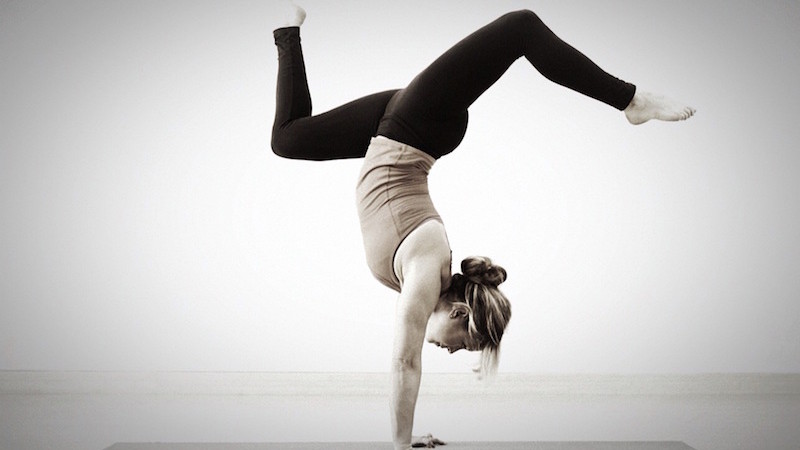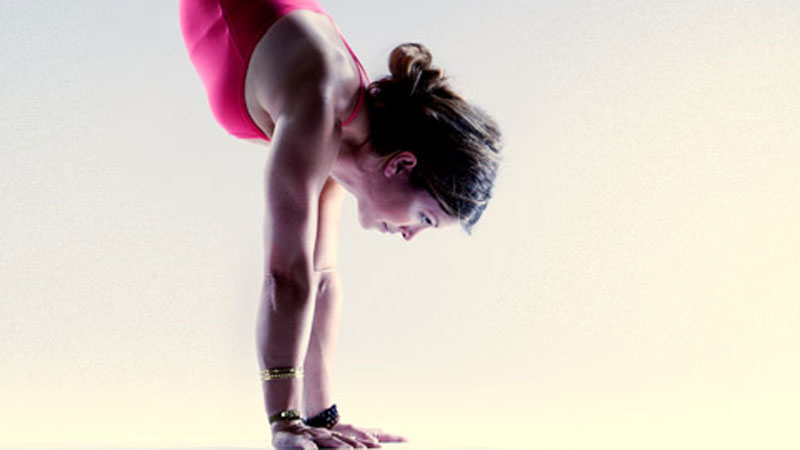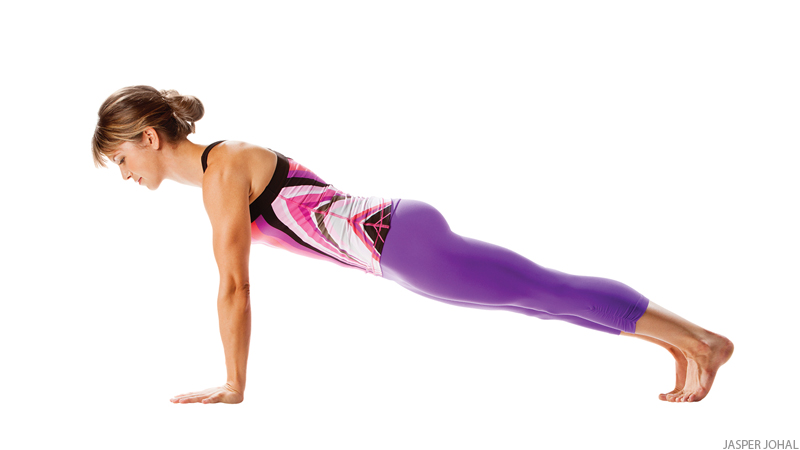
![]()
The way you position your hands on the ground impacts not only the rest of the posture but also the health of your joints. Teacher trainer Alexandria Crow breaks down what this commonly used cue misses about doing it safely and how you can do better.
A gymnast for most of my youth, I walked around on my hands a lot. And I learned a long time ago that if I wanted a certain position to work out, I’d have to place my hands really well and I’d have to learn how to use them as if they were my feet.
When I became a yoga practitioner, I discovered the hand placement in asana often contradicted what I had learned in gymnastics. It all felt very counterintuitive. Being the questioner of all things that I am, over the years I began to break the rules. By positioning my hands differently from the way my teachers told me to, I found alignment that worked better for my shoulders and elbows.
“Place your hands shoulder-distance apart with your wrist creases parallel to the front of the mat.” That’s what I was told to do and also to say as a teacher. When I began to notice my students fighting to keep their inner hands down and their shoulders in the proper rotation, I knew something was amiss.

The Anatomy Behind the Cue
Since we didn’t evolve to stand on our hands every day, if we aren’t very careful in poses where the hands bear weight, we can easily injure the shoulder. The more mobile a joint, the higher its risk for injury. That makes the shoulder, which is an incredibly mobile joint by design, also a very vulnerable one. So it is of paramount importance to maintain neutral rotation of the shoulder in any poses where the arms are bearing weight.
When the arms are bearing weight out in front of the body (Plank Pose), out to the sides (Side Plank Pose), next to the sides (Upward-Facing Dog Pose) or overhead (Downward-Facing Dog, Handstand) the priority should be to avoid internally or externally rotating them. Overly externally rotating the shoulders can cause the shoulder blade to stop short of its full range of motion in upward rotation and internally rotating can create tension in the portion of the trapezius that lifts the shoulder blade.
The other top priority in these poses is weighting the hands evenly all the way around each palm. The parallel wrists cue was created to help students do just that—it just doesn’t really work.

What Your Teacher Doesn’t Want You to Do
The problem with this cue is that most students can’t accomplish keeping their inner hands weighted and their shoulders neutral at the same time with their wrist creases parallel, because of a lack of shoulder flexibility, strength, or skeletal limitations. If they prioritize the alignment of the wrist creases first, the shoulders usually end up misaligned as a result. And then as they try to realign their shoulders by externally rotating them, the inner hands become unstable, lifting up—and the tug of war begins.
Also see Alignment Cues Decoded: “Relax Your Glutes”
To keep reading visit YogaJournal.com





